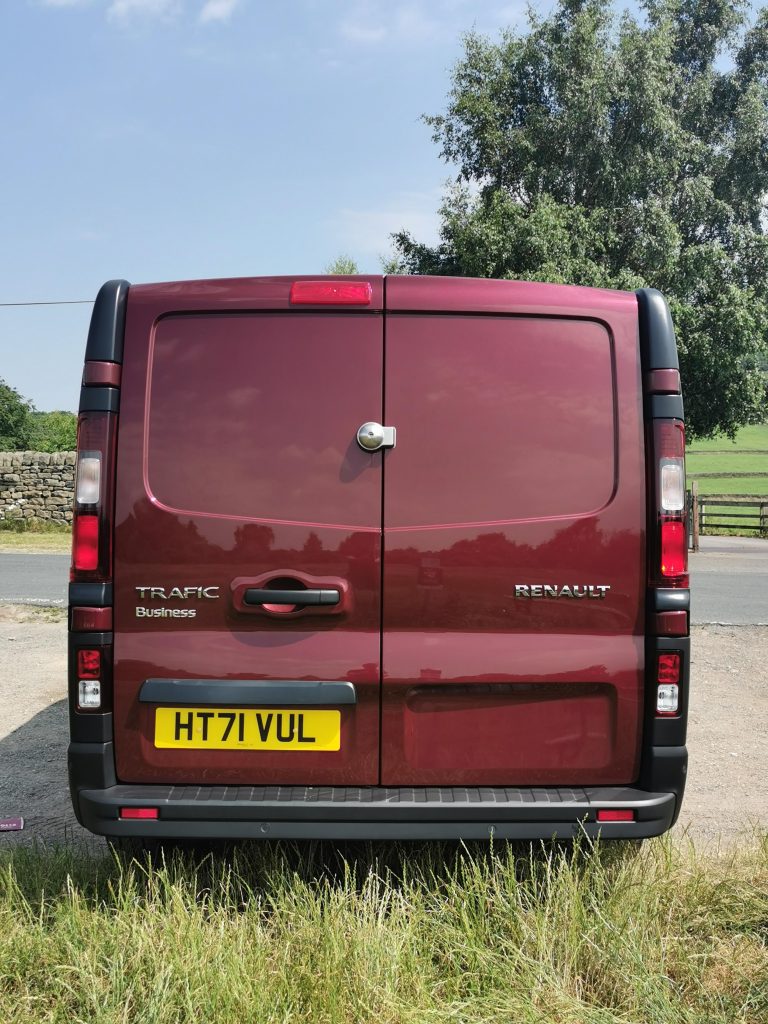Renault Trafic Review
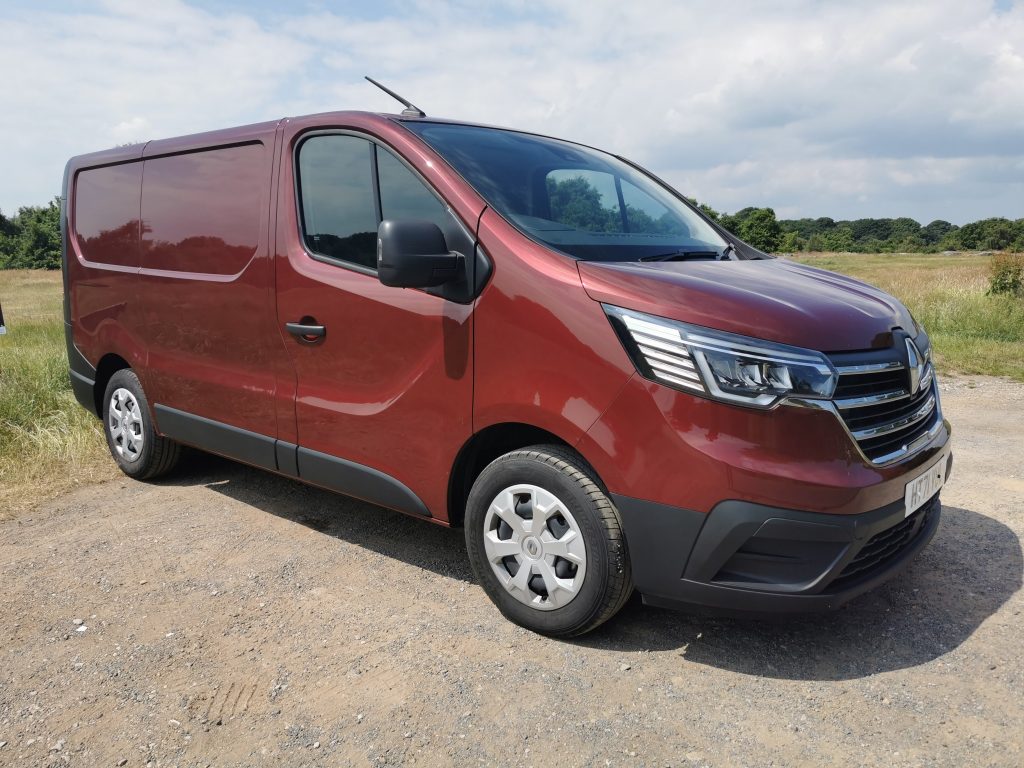
The Renault Trafic has been around for quite a while. First introduced in 2014, the van was until 2019 also marketed by Vauxhall before the British manufacturer, under the umbrella of what was formally known as PSA (now Stellantis) adopted the newer design of van for Vivaro, also sold under the company’s other brand identities.
Despite now perhaps getting relatively long in the tooth (and no electric version being available), the latest updates make the van, on paper anyway competitive against the class leading Ford Transit Custom and the Volkswagen Transporter.
The 2022 facelift
The basic silhouette of the van remains unchanged with the facelift but, the most striking improvement is at the front. There’s an all new, imposing grille together with LED lighting, incorporating Renault’s C shaped daytime running lights. Underneath, a completely new front bumper brings the styling of the Renault bang up to date.
The cab has been refreshed, with a new dashboard and instrument panel together with new door cards and other minor, detailed improvements. Renault has taken on board previous criticism regarding some safety aspects, the latest van now being offered with some ADAS (Advanced Driver Assistance Systems) as standard.
The test van supplied by Renault was the SL28 Blue dCi 110 Business model, the most basic in the range but the van was fitted with a number of factory options.
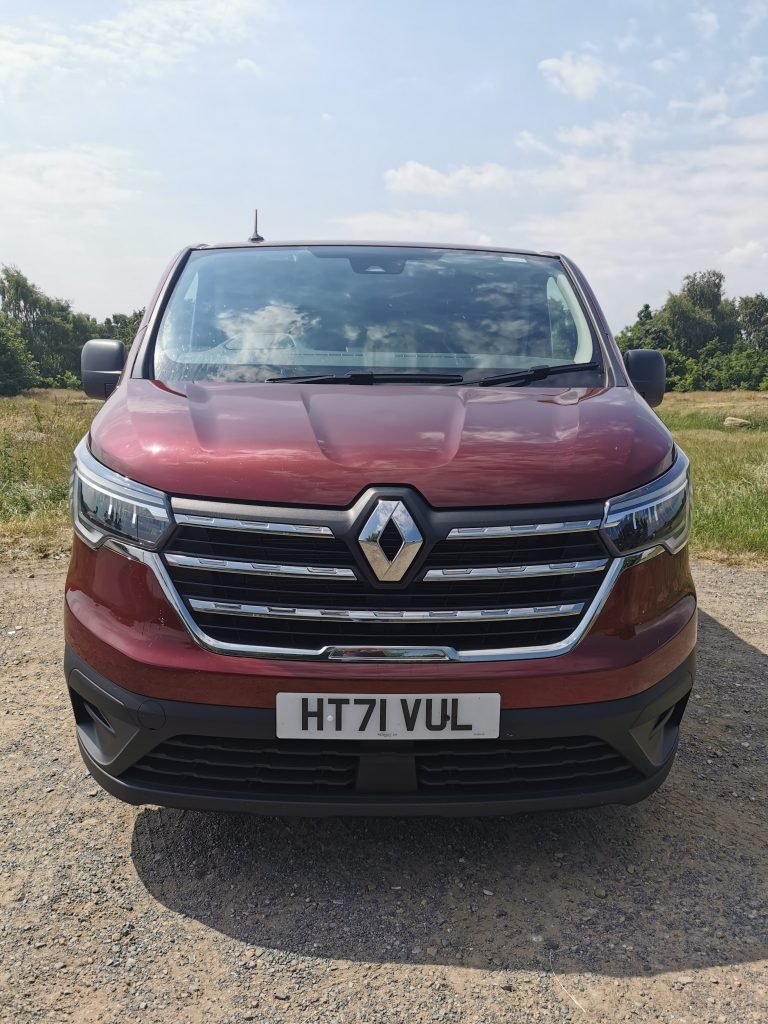
Drivetrain
A 2019 update saw the old 1.6 litre diesel engines replaced by 2.0 litre units, currently offered at outputs of 110hp, 130hp, 150hp and 170hp. The two higher output engines are offered with a 6-speed dual clutch automatic gearbox as an option in lieu of the standard manual transmission.
Body options, dimensions and payloads
Short and long wheelbase (L1 and L2) versions of the Trafic are on offer, and a high roof can also be specified on either. The all important internal lengths are 2537mm and 2937mm respectively, and the H1 has an internal height of 1387mm, the H2 having a handy 1898mm. Combined with an internal width of 1662mm the load volumes range from 5.8 cubic metres to 8.9 cu/m.
The van has a side loading door and twin rear doors in standard configuration, with a second side door and tailgate available as options. There are plenty of load lashing points within the loadspace and a steel bulkhead is fitted.
There are two badged weight versions, at around 2800kg and 3000kg GVM and payloads range from 935kg to 1251kg.
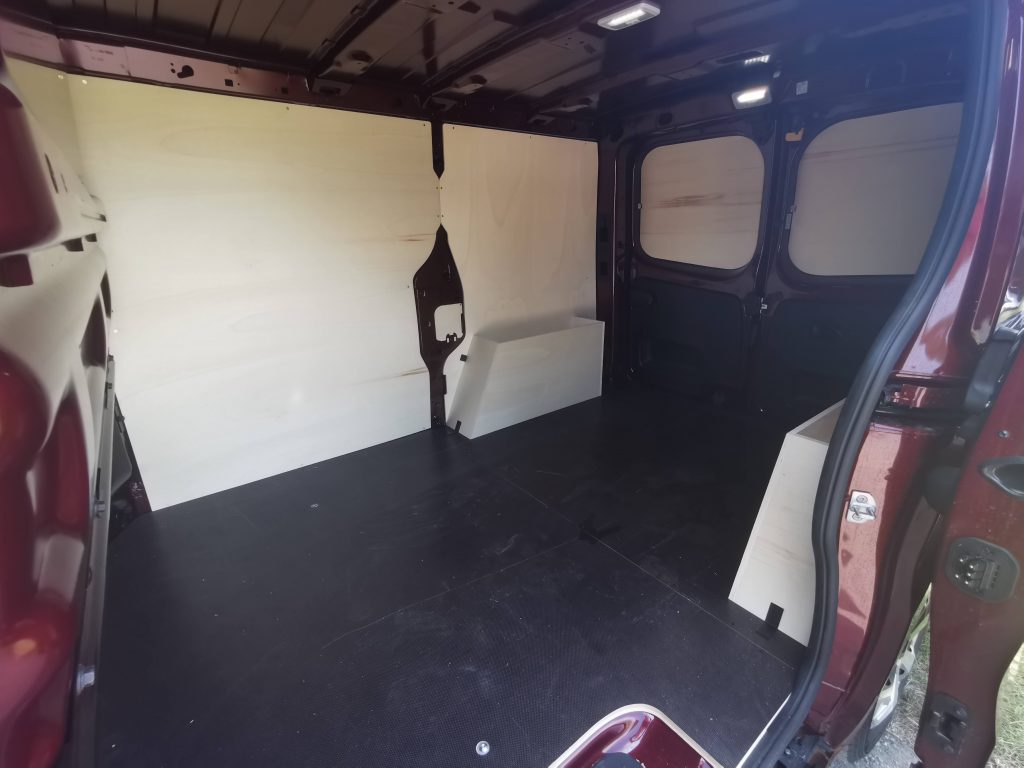
Trim levels
Trafic is now offered in four trim levels. Entry level Business, aimed at the fleet market isn’t blessed with too many bells and whistles but there’s a DAB radio with Bluetooth connectivity and electric windows. Cruise control is standard, as is a Thatcham alarm to help keep things secure. Business+ adds an 8” touchscreen with Apple CarPlay and Android Auto smartphone integration. There’s air conditioning and rear parking sensors aid manoeuvrability.
Sport trim boasts 17” alloy wheels, a body coloured front bumper and electric folding door mirrors on the exterior, whilst inside the cab the touchscreen now includes connected navigation services. The dash is upgraded with a horizontal grain and chrome styling and the upholstery is given a makeover. Safety features added at this trim point include an Active Emergency Braking System and Driver Attention Alert. Range topping Sport+ comes with climate control and a rear parking camera, and further safety features added are Lane Departure Warning and Traffic Sign Recognition. Enhancing the overall appearance is metallic paint, 17” alloy wheels with black inserts and body coloured side mouldings.
On the Road
The revised cab is modern, welcoming but also functional. The layout isn’t pretentious, everything is where it should be although the absence of a touchscreen these days is very noticeable, in this base model just a very simple, small display for the radio and Bluetooth functions being evident. The seating is comfortable and actually looks good, but whilst storage in the cab is limited, there are fair sized door bins and a handy dash top tray.
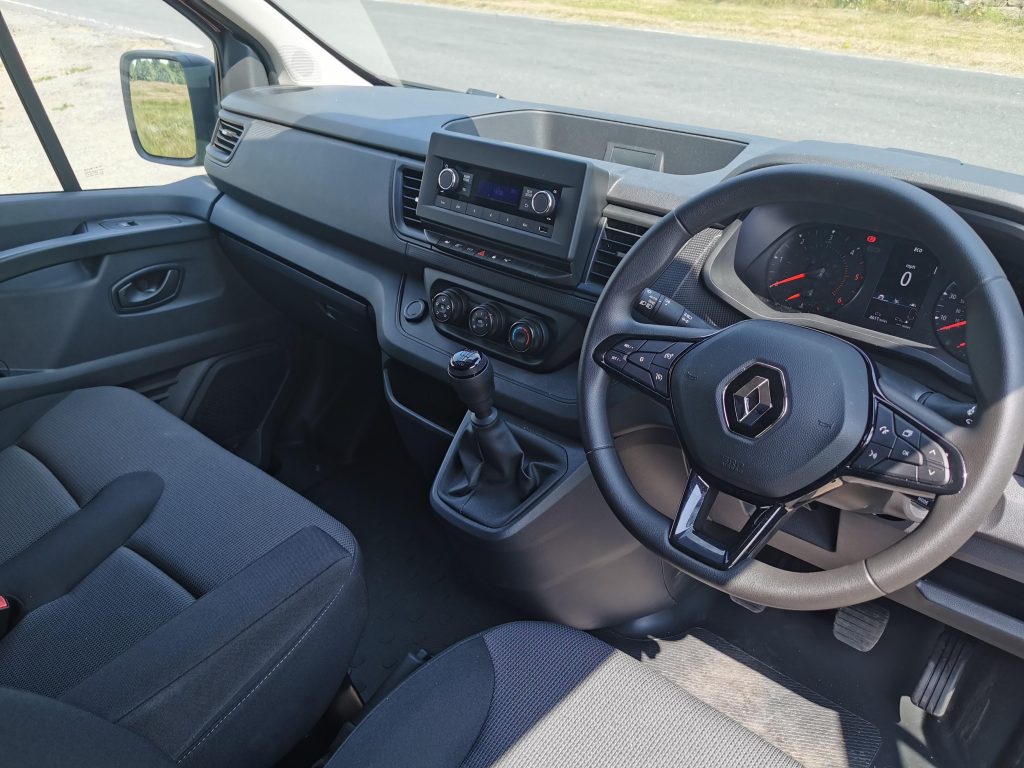
Although these days a 110hp engine might be considered almost underpowered, this wasn’t evident in practice. If I hadn’t known, I’d have guessed that the van had at least the 130hp version, possibly even the 150hp unit. The official figures suggest a fairly tepid 0-62mph time of 16.8 seconds but in practice acceleration felt quite rapid and, although the van was tested unladen, long gradients posed no issue or necessitated downward gear changes. The only downside with the powertrain? The gearshift has quite a long throw and felt a little dated in operation.
The Trafic really is nice to drive. It handles well, the steering is responsive and it stops on a sixpence thanks to the all round disc brakes. Renault has done a great job in suppressing noise into the cab. Basically, there’s hardly any. Engine, road, wind sounds are all minimal, adding to the overall excellent driving experience.
Running costs
The simple trip computer suggested that I was getting around the high 30’s mpg, which is backed up by the official WLTP Combined figure of 39.8 mpg. Servicing is every 24,000 miles or 2 years, and the van is covered by a 3 year / 100,000 mile warranty.
Pricing
As tested, this van has a list price of £26450, bulked up to a hefty £29570 once the options are added on. Renaults pricing strategy for this additional equipment seems erratic. £50 for electric folding door mirrors seems very reasonable indeed, and £220 for rear parking sensors is fair enough. But £455 for plylined side panels? I can’t see many dealers taking up that option, a local ply lining company will do at least as good a job for a fraction of that figure.
Conclusion
It’s been a while since I’ve driven one of these vans at length, my last test being the Fiat Talento (another brand to use the platform in the past) a number of years ago. I’ve got to admit that I had a preconception that the van would feel dated compared to some competitors, especially when I’ve recent experience of the both latest Ford Transit Custom and the Volkswagen Transporter. I was wrong. The van was an absolute pleasure to drive, and build quality seemed first class with the only flaw being a slight squeaking from the ply-lining in the loadspace. It looks good too, especially from the front.
The equipment level at each trim point seems about right in comparison to the competition, especially as Ford have now standardised air conditioning in the mid range Trend model.
It’s really hard to think of an aspect that I disliked, apart from the gear change. This van is more than capable of holding its head high in the company of any competitor in the medium van segment, the only issue that Renault has to face is the ever looming transition to electricity which will probably be the eventual death knell for this incarnation of Trafic.
